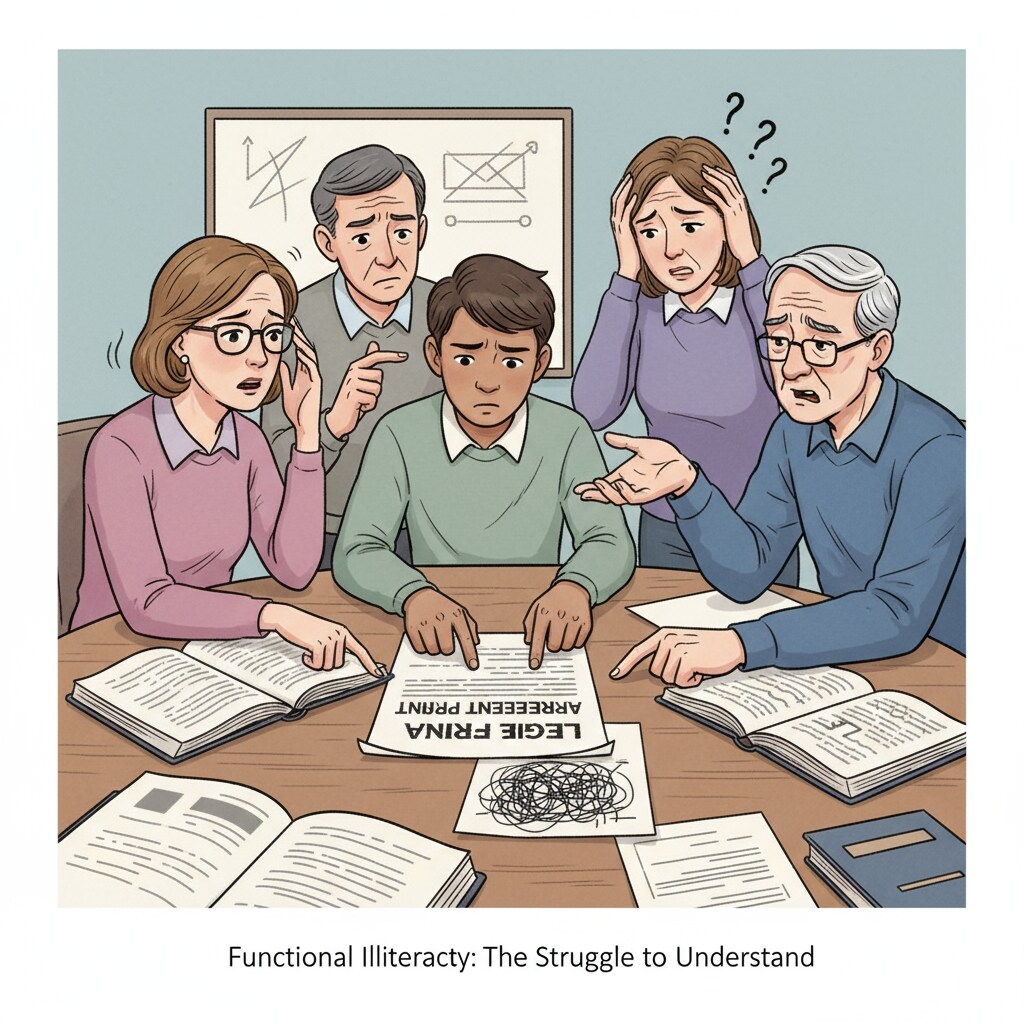Functional illiteracy, reading comprehension, and education crisis are intertwined issues that are plaguing the United States. A staggering 54% of the US population has been classified as functionally illiterate. This is not just a simple statistic; it is a wake – up call for the deep – rooted problems in the nation’s education system.

The Alarming Rate of Functional Illiteracy
The term “functional illiteracy” refers to individuals who lack the necessary reading, writing, and numeracy skills to function effectively in daily life and at work (as defined by Wikipedia’s entry on Functional Illiteracy). In the US, this high rate of functional illiteracy means that a large portion of the population struggles with basic tasks such as understanding instructions on a medicine bottle, filling out a job application, or reading a newspaper article. This inability to comprehend written information has far – reaching consequences for individuals and society as a whole.
The Erosion of Critical Thinking
One of the most significant impacts of functional illiteracy is the erosion of critical thinking skills. Reading is a fundamental tool for developing critical thinking. When people are unable to read and understand complex texts, they are less likely to analyze different viewpoints, question assumptions, and form well – informed opinions. For example, in a democratic society, citizens need to be able to read and understand political policies, news reports, and social issues to make informed decisions. However, a large number of functionally illiterate people may be easily influenced by misinformation, as they lack the ability to critically evaluate the sources and content.

The Role of Unequal Education Resources
Education resource inequality plays a major role in exacerbating the problem of functional illiteracy. Schools in low – income areas often lack proper funding, qualified teachers, and up – to – date educational materials. As a result, students in these areas have fewer opportunities to develop strong reading and comprehension skills. In contrast, schools in affluent areas have more resources, smaller class sizes, and better – trained educators, which contribute to higher literacy rates. This disparity in education resources is a major factor in the persistent problem of functional illiteracy in the US, as described in Britannica’s article on Education in the United States.
The high rate of functional illiteracy in the US is a complex issue with far – reaching implications. It is clear that a comprehensive approach is needed to address this education crisis. This includes reallocating education resources more equitably, improving teacher training, and implementing effective literacy programs. Only by taking these steps can the US hope to reduce the rate of functional illiteracy and improve the overall quality of education and the well – being of its citizens.
Readability guidance: The article uses short paragraphs to present ideas clearly. Each H2 section provides key points related to the issue of functional illiteracy. The use of active voice is prioritized, and transitional words like “however”, “for example”, and “as a result” are used to connect ideas smoothly.


